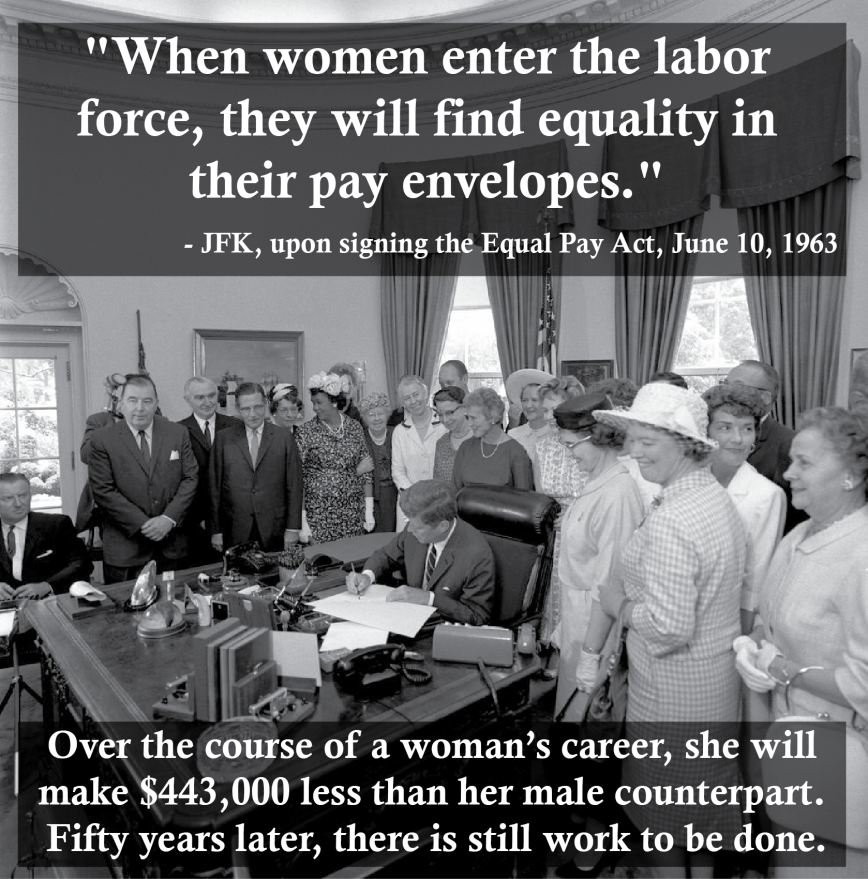 By Steven Dorshkind, NCL public policy intern
By Steven Dorshkind, NCL public policy intern
The State Department released a new update to its annual Trafficking in Persons Report recently, and the results are shocking. The report states that approximately 27 million people are victims of human trafficking globally. This report also evaluates the countries of the world and places them into four different tiers depending upon the level of commitment and action the individual government have shown to combat trafficking.
Trafficking may take many guises: commercial sexual exploitation, and prostitution of minors, debt bondage and forced labor.
Of the 27 million victims of human trafficking, 55 percent are women and girls who make up 98 percent of the sex trafficking industry. These women and girls can be moved from their home, lured by traffickers by promises of a better life. Once far from home, they often find themselves trapped with no help in sight.
The State Department’s tier system is divided into four components, the First, Second, Second Watch List ,and Third Tier. The First Tier designates countries in which some trafficking may exist, but the government is very proactive in dealing with problem and the country meets the minimum requirements set up by the Trafficking Victims Protection Act (TVPA). The Second Tier consists of countries that do not fully meet the TVPA’s minimum standards, but are making significant efforts to bring themselves into full compliance. The Second Watch List has countries that do not meet the minimum standards and the country has not provided significant evidence that measures are being taken to comply with the standards. The Third Tier has countries that do not comply with the TVPA’s standards and are not making significant efforts to do so.
Thirty three countries, including the United States, the United Kingdom, France and Australia, all received First Tier ratings. Ninety four countries, including Albania, Greece, Hong Kong, and Pakistan all received Second Tier ratings. Forty two countries, including Afghanistan, Iraq, Uzbekistan, and China, received Second Watch List Tier ratings, and sixteen countries received a Third Tier rating, including; Algeria, the Central African Republic, the Democratic Republic of Congo, Cuba, Equatorial Guinea, Eritrea, Iran, North Korea, Kuwait, Libya, Madagascar, Papua New Guinea, Saudi Arabia, Sudan, Yemen and Zimbabwe. Receiving a Third Tier ranking on this report comes with the threat of sanctions: the withdrawal of non-humanitarian and non-trade related forces and assistance, and removal of funding for government employees’ participation in educational and cultural exchange programs, and opposition from the US toward trade and certain development related assistance, from the International Monetary Fund and the World Bank.
Many consumer and human rights advocates believe that Uzbekistan should be moved down to the Third Tier because of their blatant disregard for human rights and a lack of effort in trying to meet the minimum standards set up by the TVPA. The groups have written a letter and sent it to Secretary of State Hillary Clinton, asking the State Department to lower the Uzbek government standing from Second Watch List, to the Third Tier. Uzbekistan refuses to allow the International Labor Organization (ILO) to monitor the harvesting of cotton, and therefore an accurate read of how the cotton is harvested cannot be obtained, and many charge that child labor is rampant. The National Consumers League believes this warrants a Third Tier rating, but the United States government has yet to lower the ranking of Uzbekistan.
The ranking of 42 countries has changed from 2011 to 2012. Fifteen countries were lowered in the rankings, and 27 were raised. Countries moved from First Tier to Second Tier are Nigeria and Portugal. Countries moved from Second Tier to Second Watch List are; Bahrain, Djibouti, Jamaica, Kenya, Macau, Malawi, Namibia, Senegal, Seychelles, Sierra Leone, and Syria. The country moved from Second Watch List to the Third Tier was Suriname.
The new report also speaks to the measures that governments can put into place to help ensure the end of human trafficking in their own country. One problem noted by report authors: states that some countries have such strict rules against illegal immigration the victim of trafficking is treated as an illegal alien and tried as a criminal. The report asks for further in-depth study of people found in areas that are considered high risk trafficking zones, suggesting that the police and first-responders to an area must be better trained to identify a trafficked person. This skill is vital to ensure that those who are victims of human trafficking are not merely lumped together with the criminals and treated unjustly. The report puts a large focus on protecting victims.
As Secretary of State Hillary Clinton said, “Over the coming months we will celebrate the 150th anniversary of the Emancipation Proclamation, which Abraham Lincoln announced on September 22, 1862 and issued by Executive Order on January 1, 1863.” The idea that slavery is only in the past must be cast out, and the world needs to see that slavery exists in the modern-day and age. Twenty-seven million people are modern slaves who do not enjoy basic human rights and guarantees, they have been pushed to extremes with little food or rest, and they need to be helped. We cannot rest until all of those who are enslaved are freed.



 By Reid Maki, Director of Social Responsibility and Fair Labor Standards
By Reid Maki, Director of Social Responsibility and Fair Labor Standards
